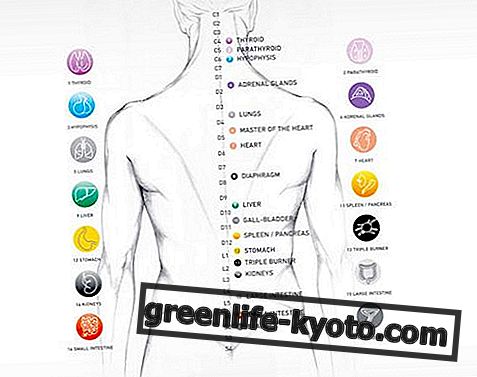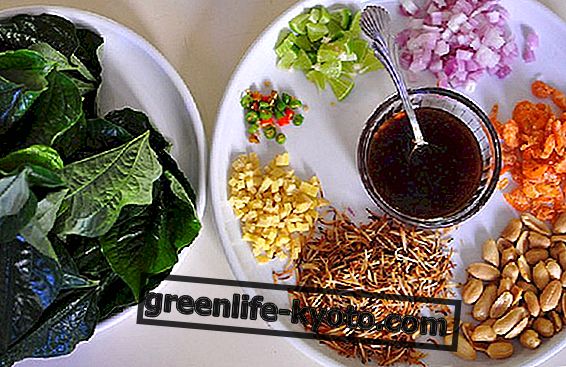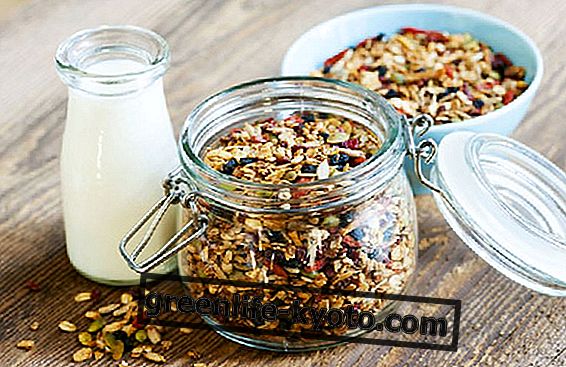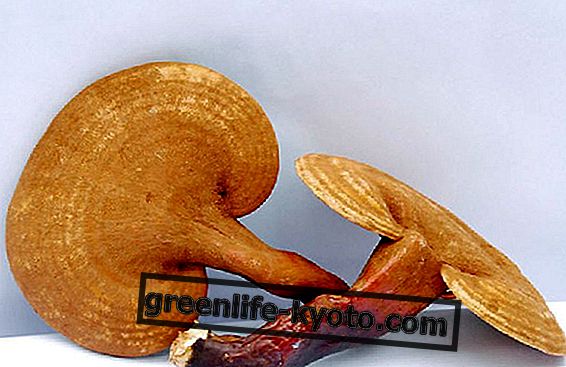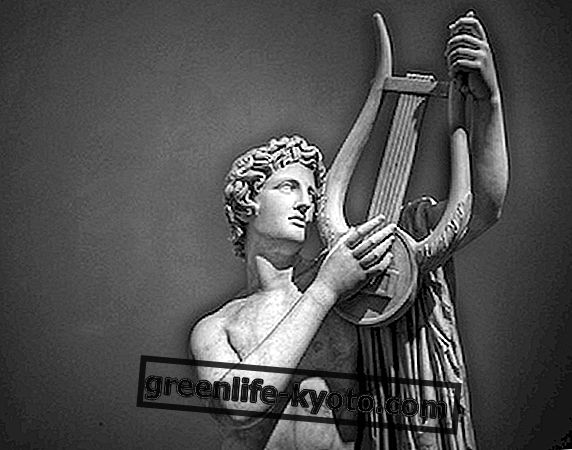
There are two types of rye bread, the one made with only rye flour and the one in which this is mixed with other more or less refined flours.
Being a gluten-free flour, rye flour is sometimes mixed with that of Manitoba which, on the other hand, is particularly rich.
Rye bread, therefore, is not always a wholemeal bread, as is commonly thought. First of all it depends on the other flours with which the rye flour was mixed and then also on the type of rye flour that was used.
Rye flour, in fact, can be more or less refined exactly like the other flours.
Rye bread is also called black bread, due to its characteristic brown color. Often, it is enriched with oily seeds, for example sunflower seeds or linen or mixed.
It has a more compact crumb and is less alveolar than other types of bread .
The crust is crunchy and the inside is moist, with a tendency to acid.
In Italy it is a traditional food of the alpine valleys ; in particular it is known the rye bread of the Valais that has obtained the denomination of controlled origin. In other areas of our nation, however, it is not particularly widespread and, therefore, especially in some regions it is not easy to find it on the market.
Rye bread, qualities and benefits
Rye bread has a low glycemic index and therefore, especially if the percentage of rye flour is quite high, may be preferable to other types of bread for people with diabetes.
Thanks to the richness of dietary fiber, rye bread has a high satiety index, it allows to control cholesterol levels in the blood and is a valid aid in the prevention and treatment of constipation.
Regarding cholesterol, research published in the journal Nutrition, Metabolism and Cardiovascular Diseases recommends that rye bread enriched with nuts and other oilseeds, which are rich in plant sterols, should be consumed.
It is very rich in minerals and vitamins, especially B vitamins, vitamin E, potassium, magnesium, phosphorus, calcium, iron and manganese.
Because of the wealth of nutrients, traditionally it is given an energetic and regenerating power.
Although it contains less gluten than other types of bread, rye is not without it and is therefore not a recommended food for people with celiac disease.
Calories of rye bread
Rye bread contains fewer calories than other types of bread . A bread made from only rye flour brings from 170 to 220 calories per 100 grams of product, depending on the degree of refining of the flour used, compared to about 280 of the 0 flour bread.
However, the difference, in strictly caloric terms, is not the only advantage for those who want to stay in shape. In general, in fact, the characteristics of rye bread, including the richness of fiber and the high satiety index, make it a particularly suitable food also for those who want or need to follow a controlled caloric regime.

